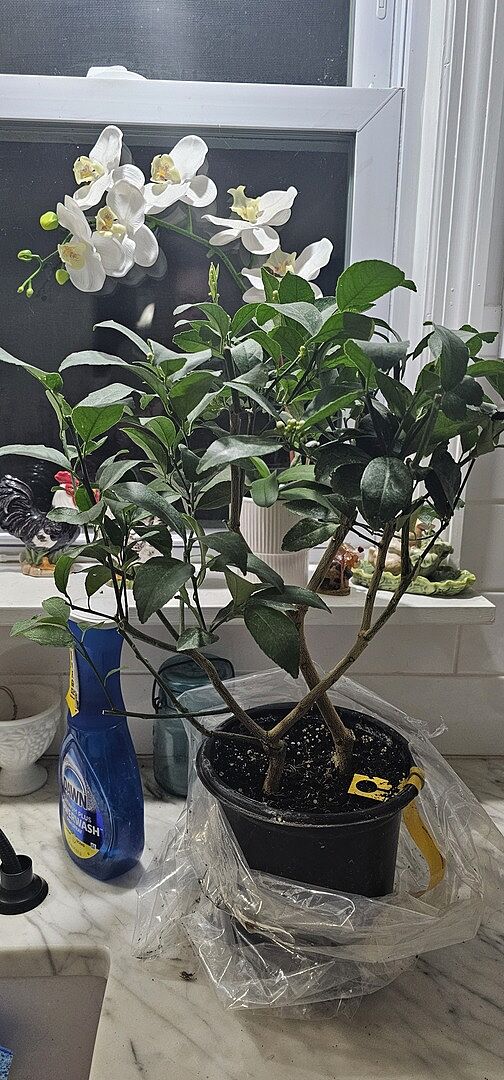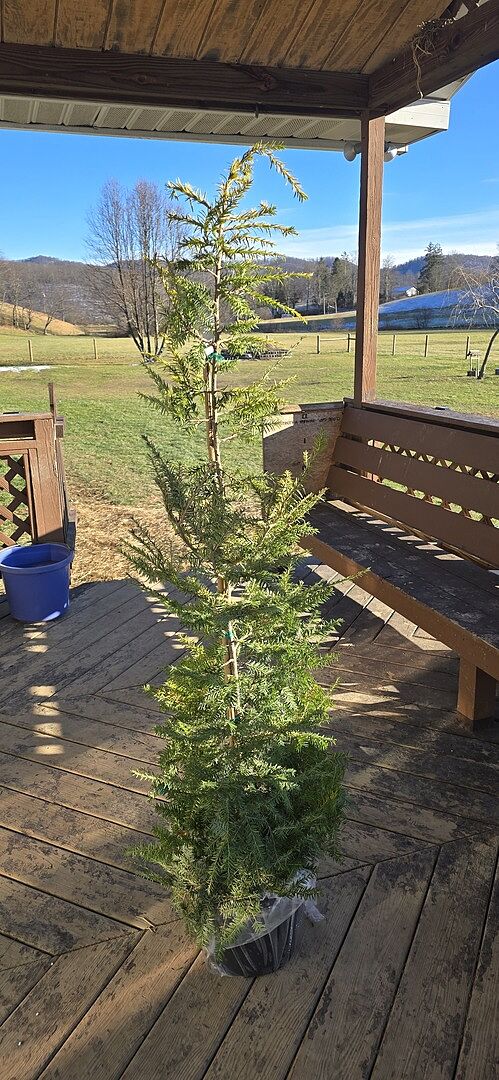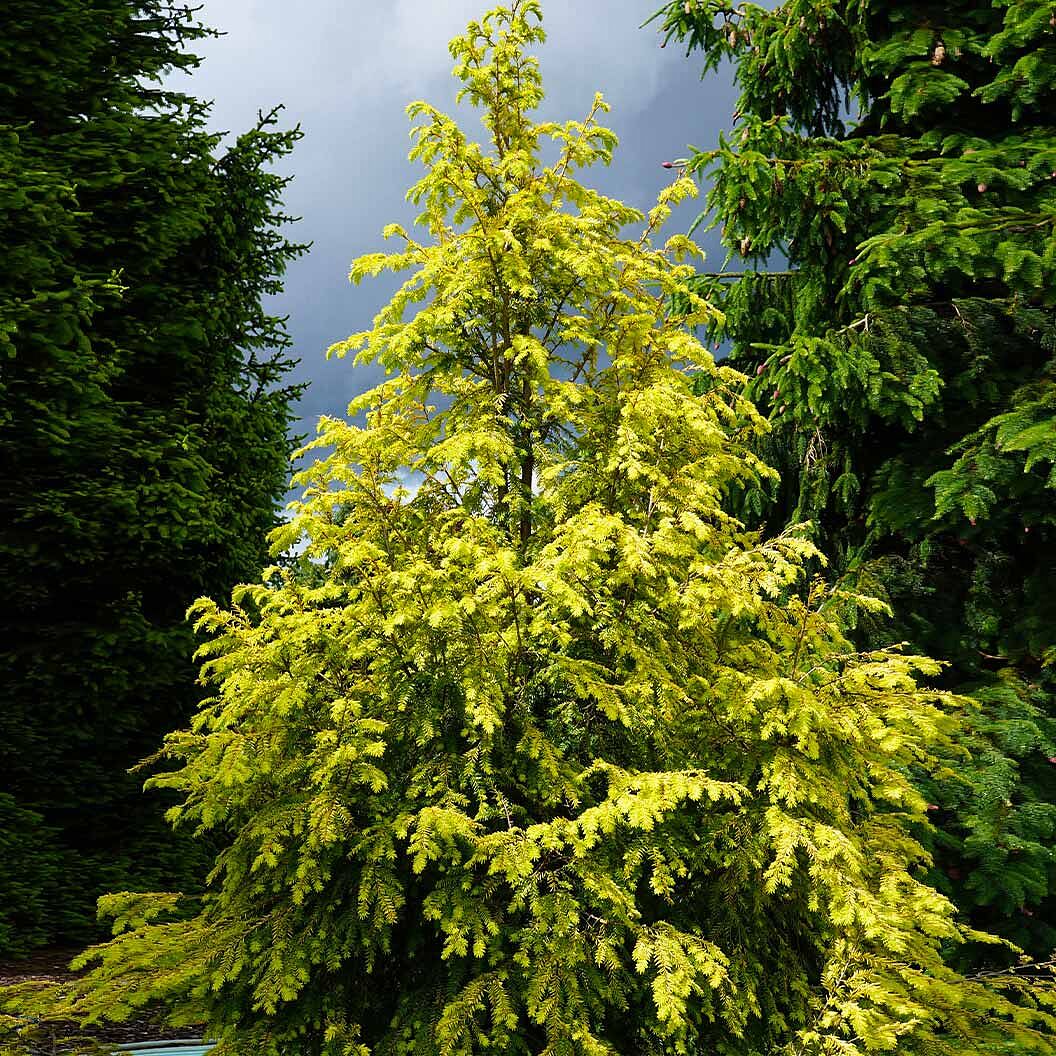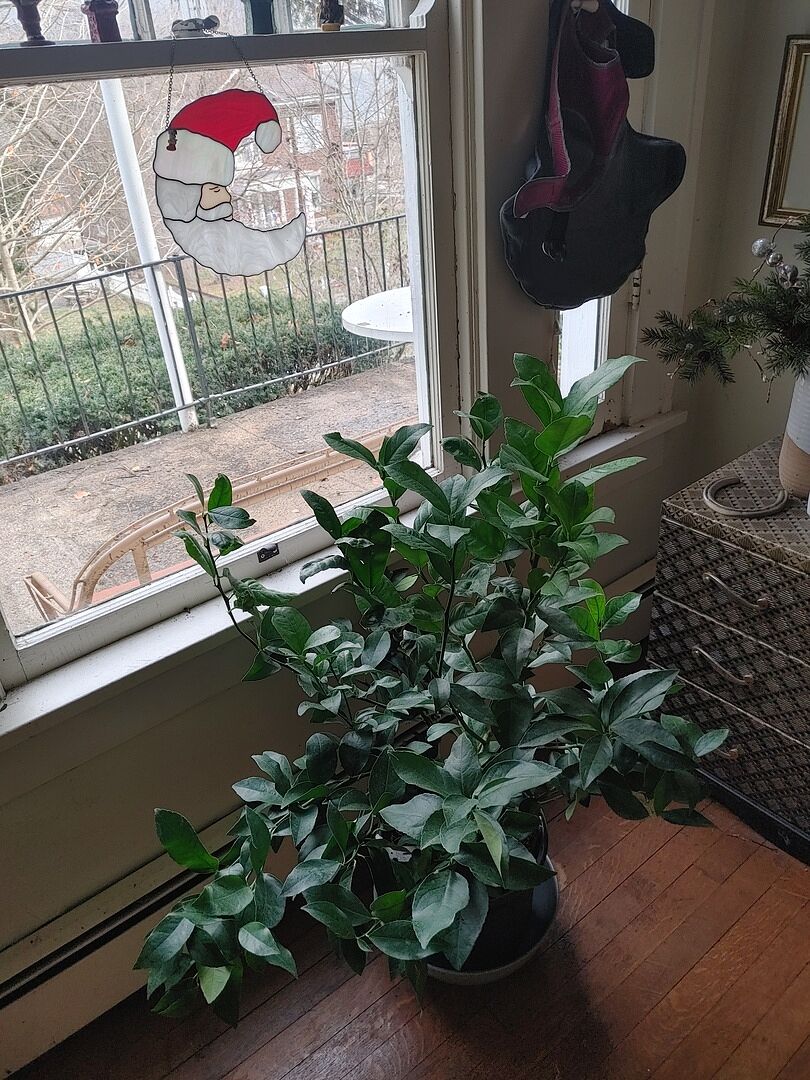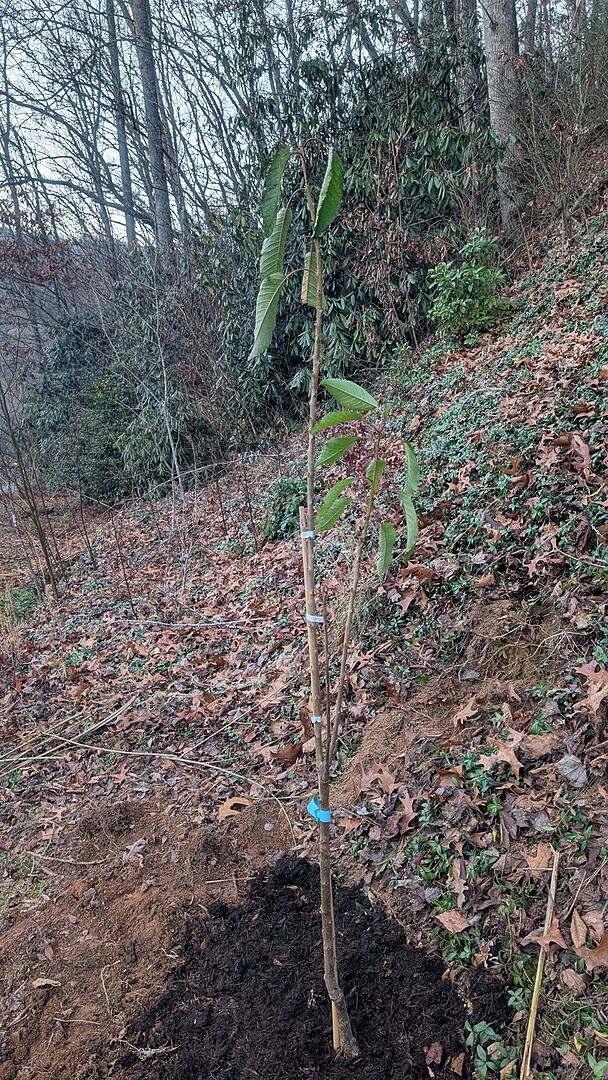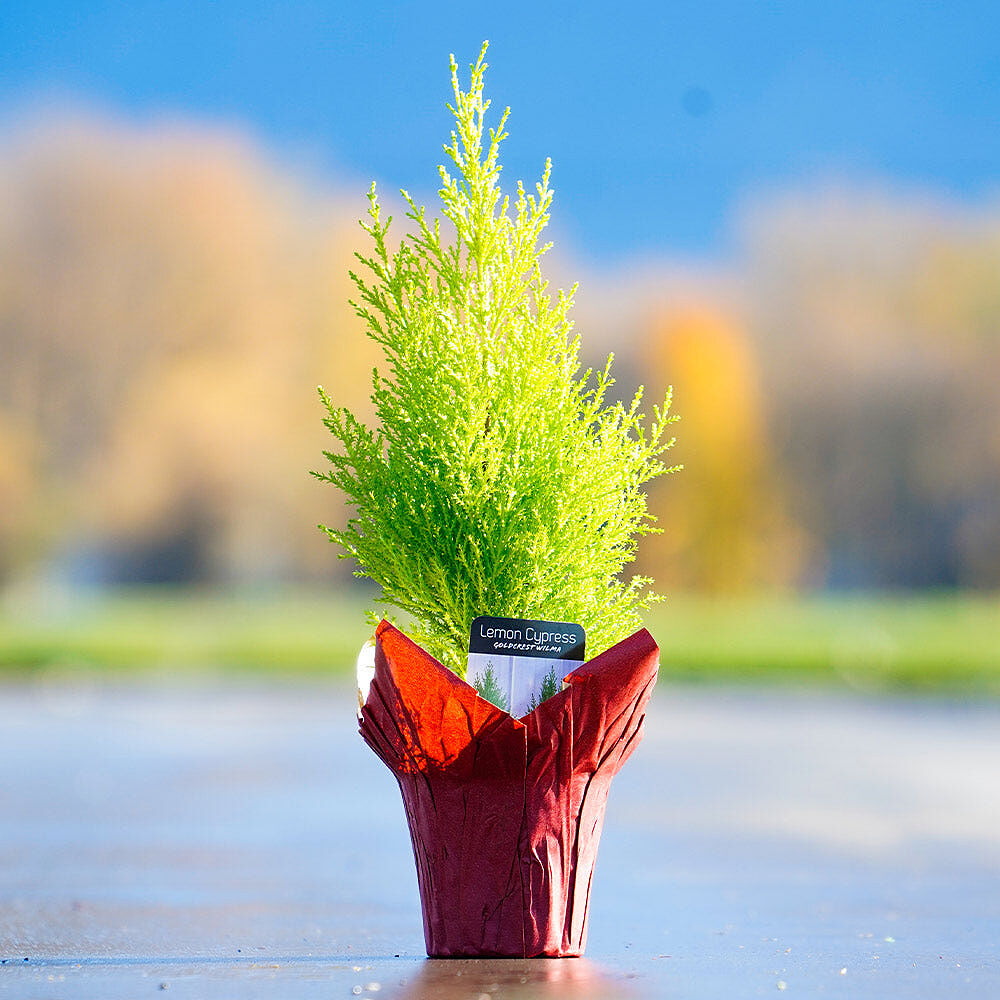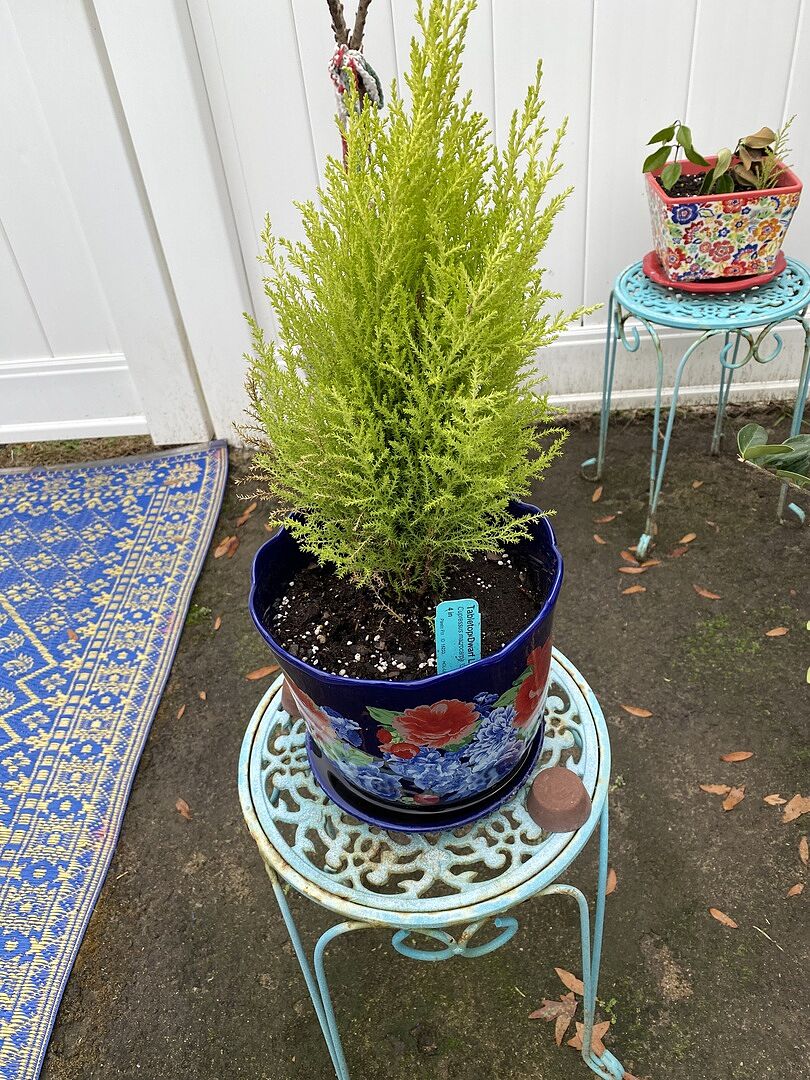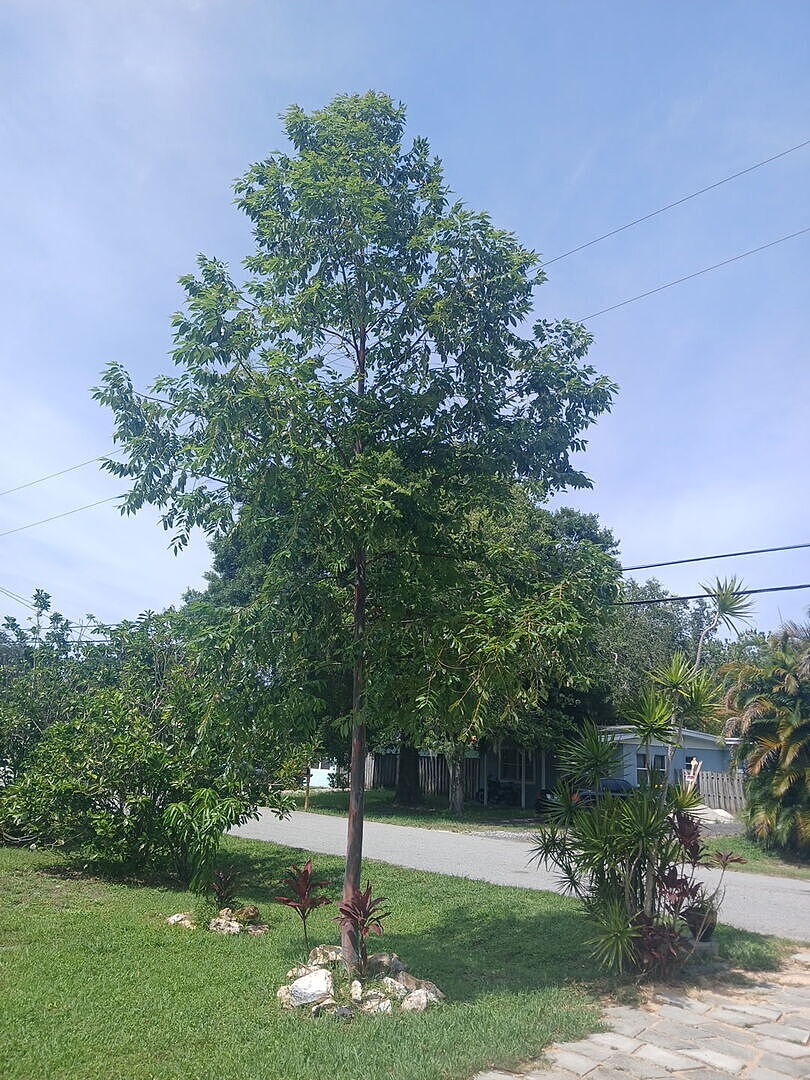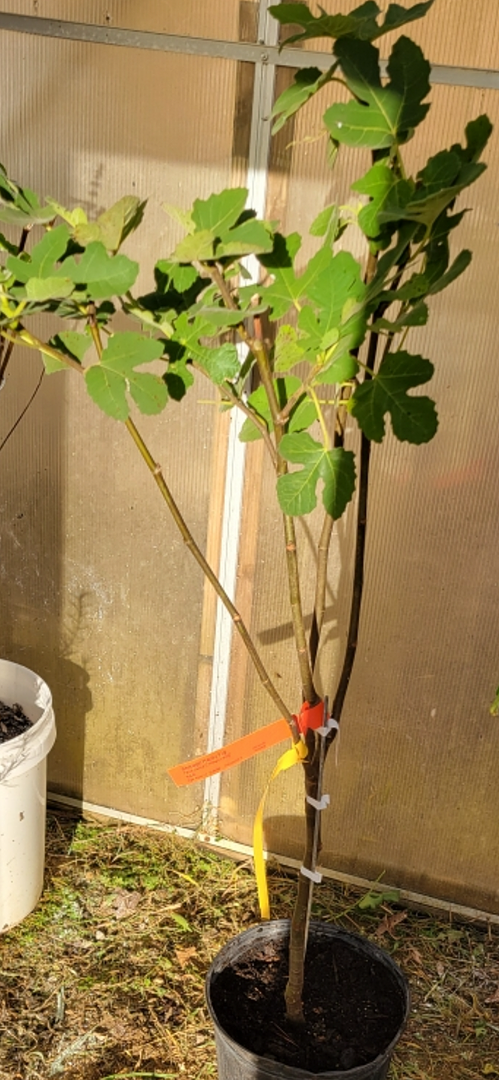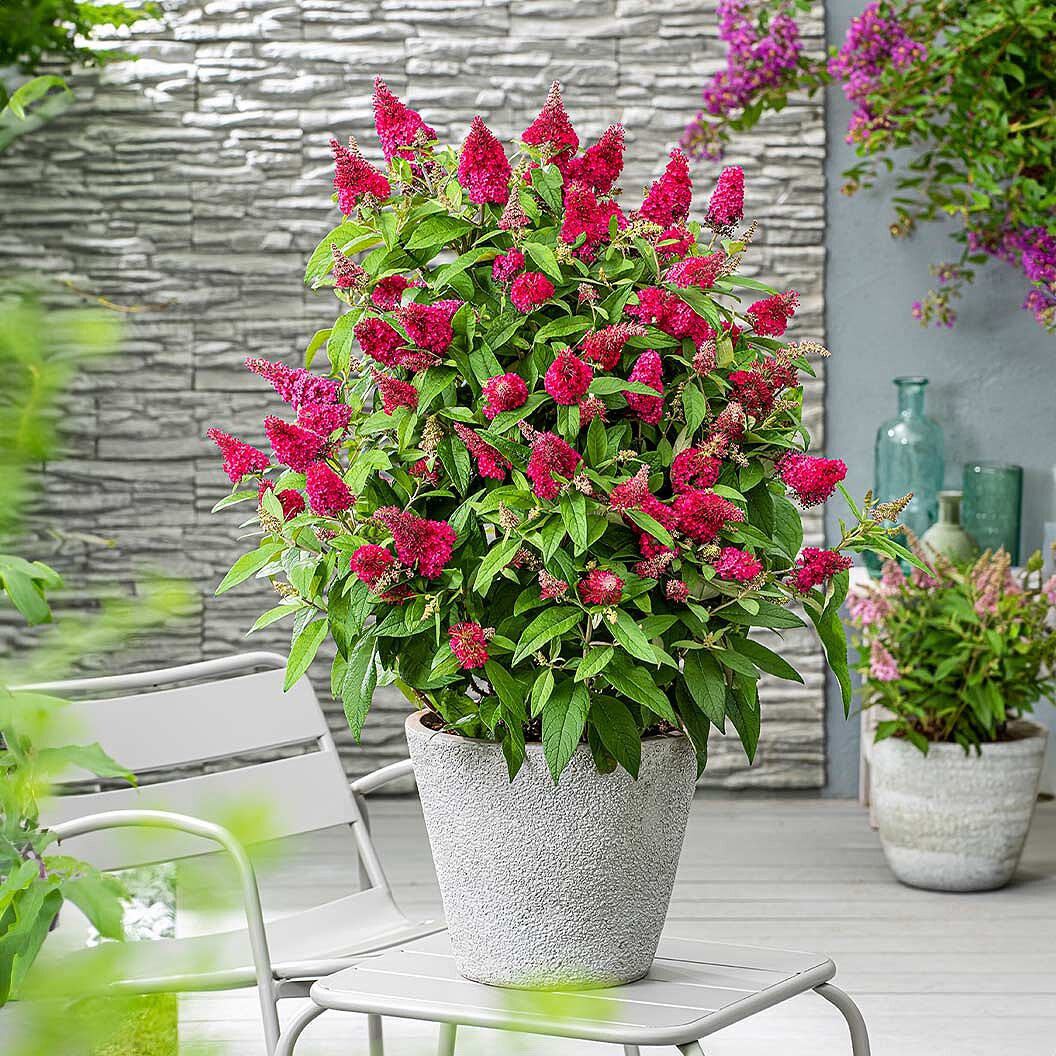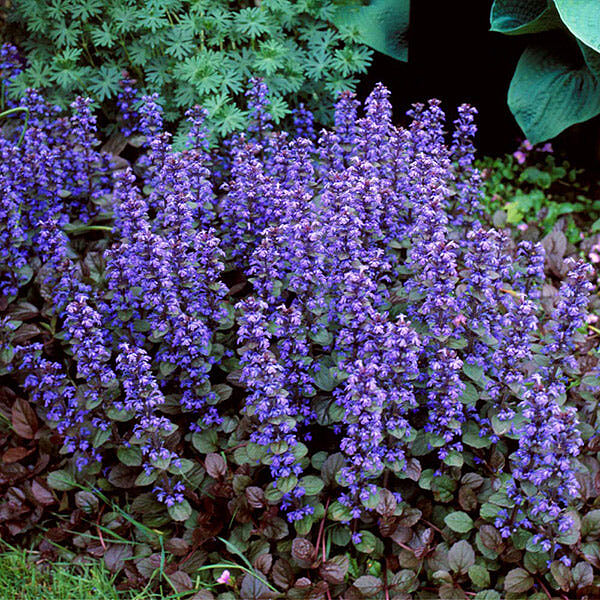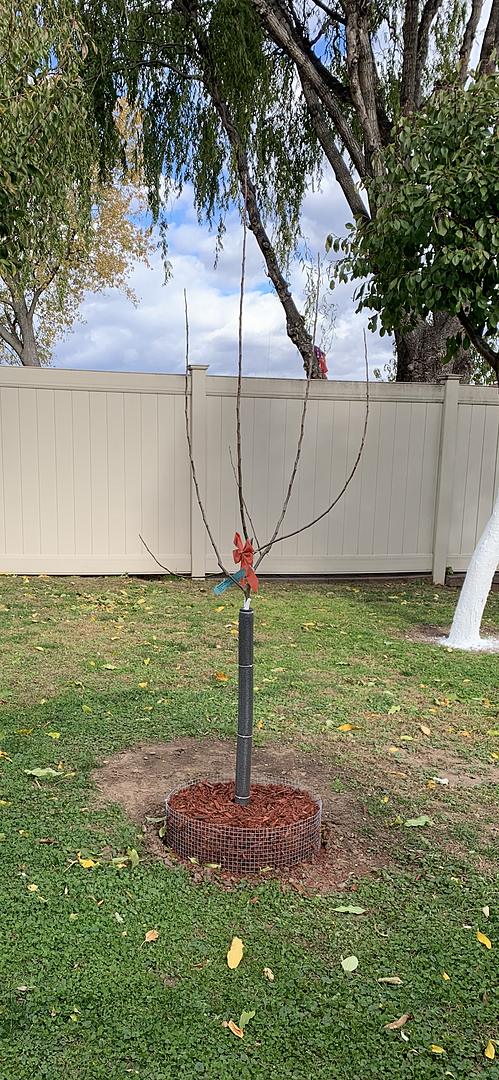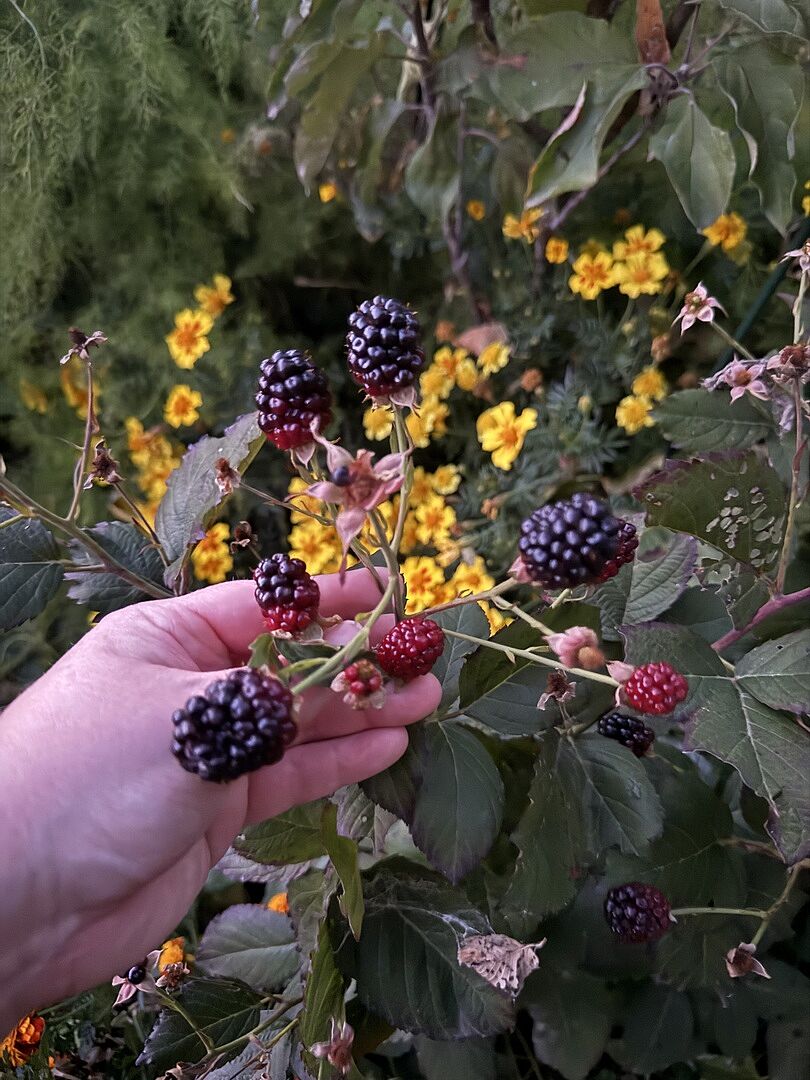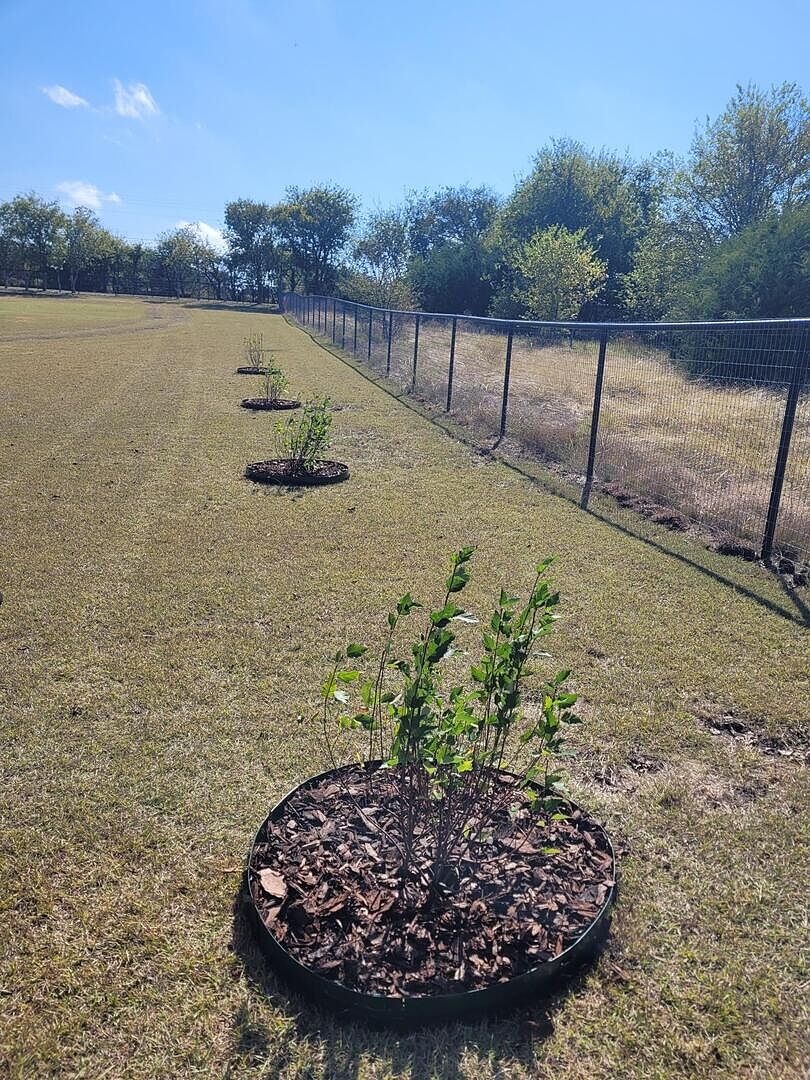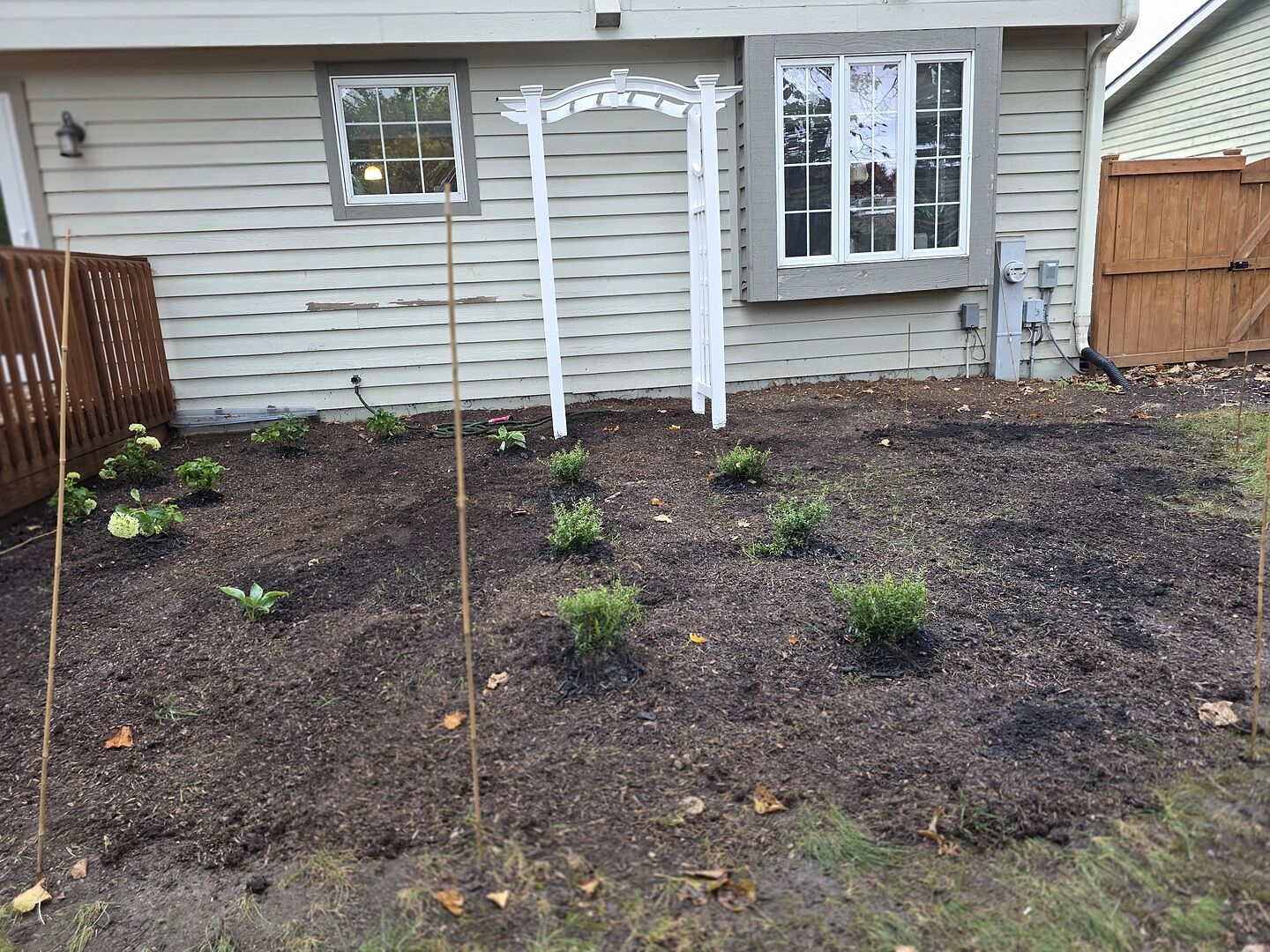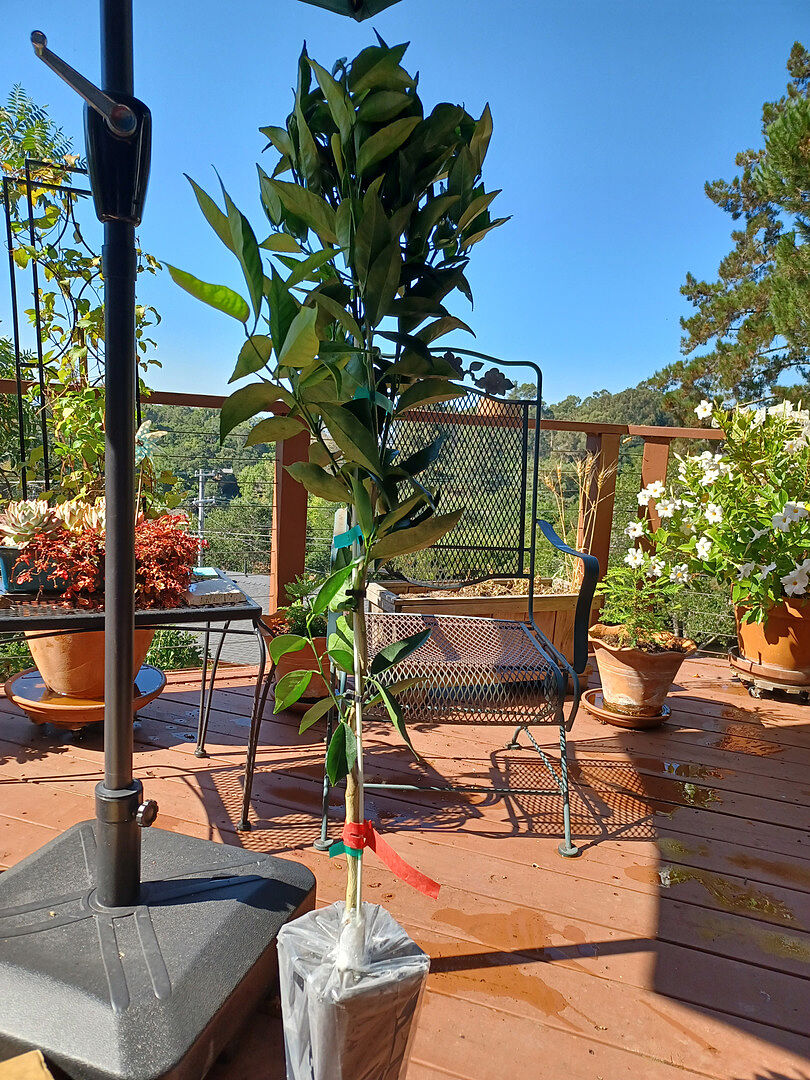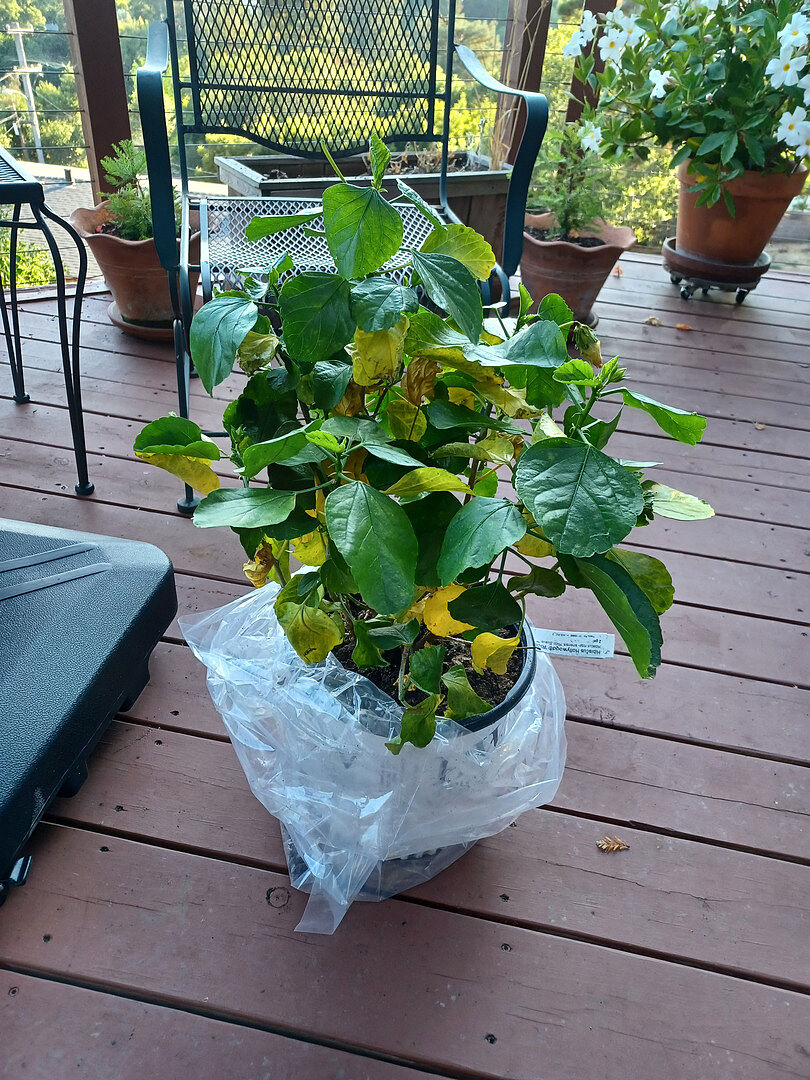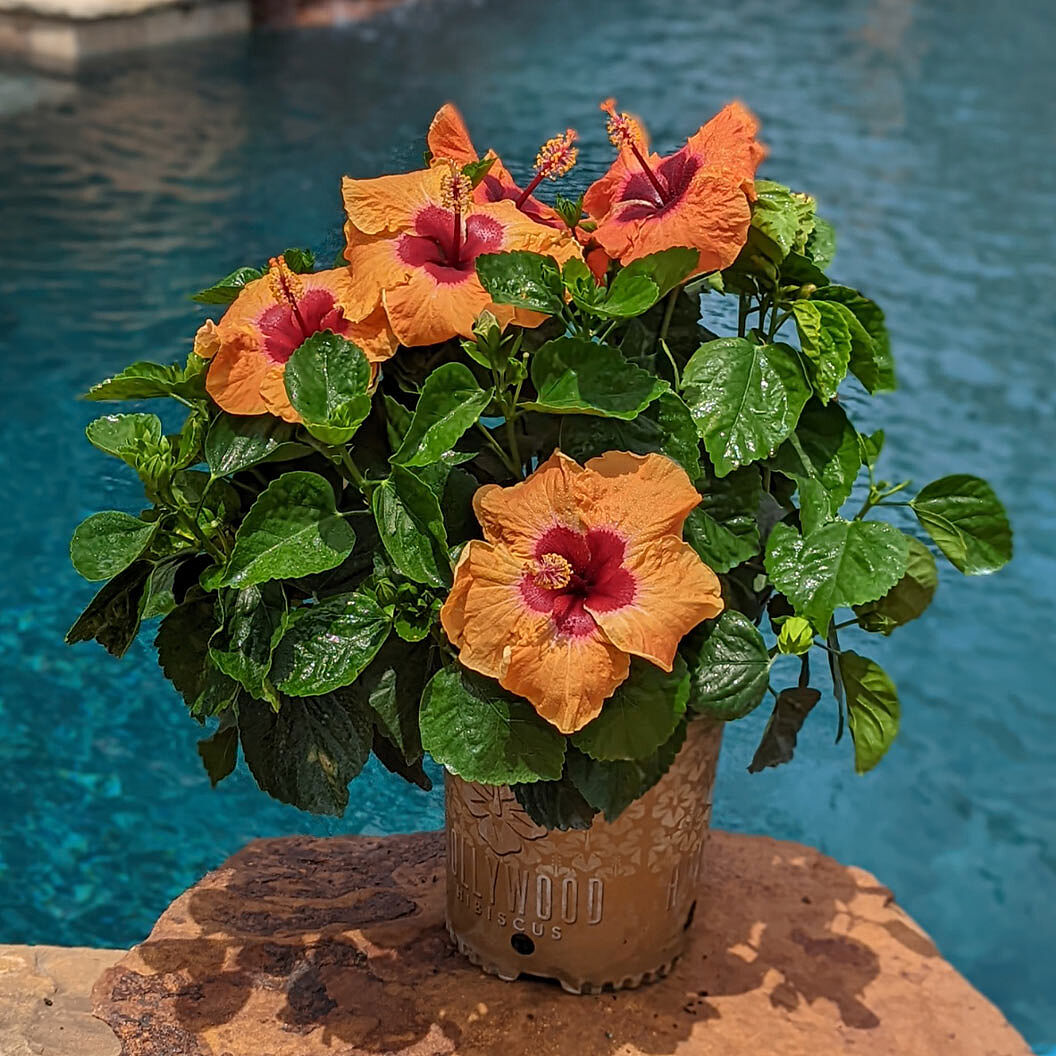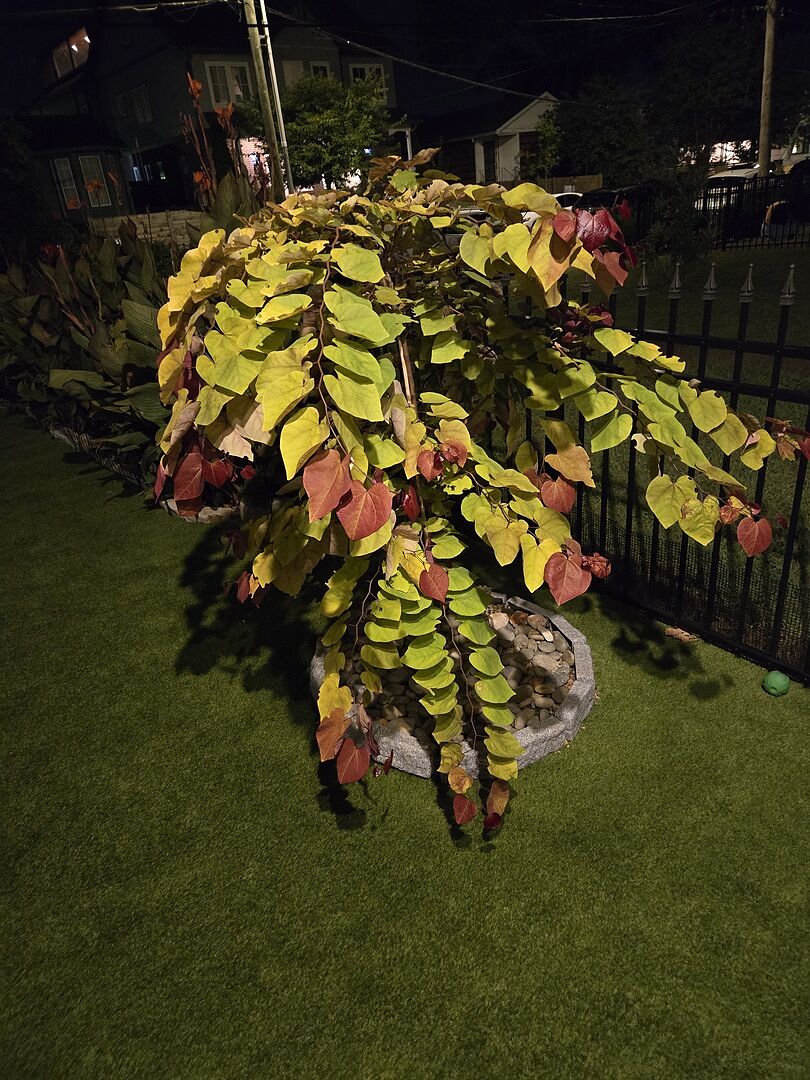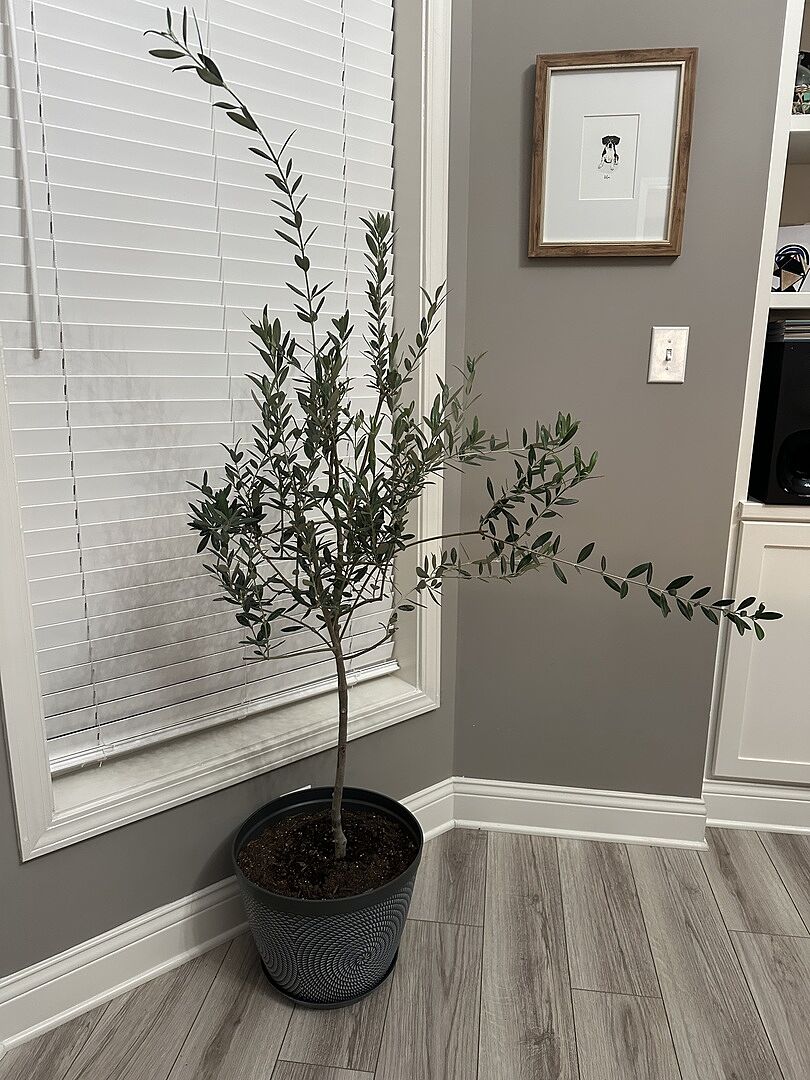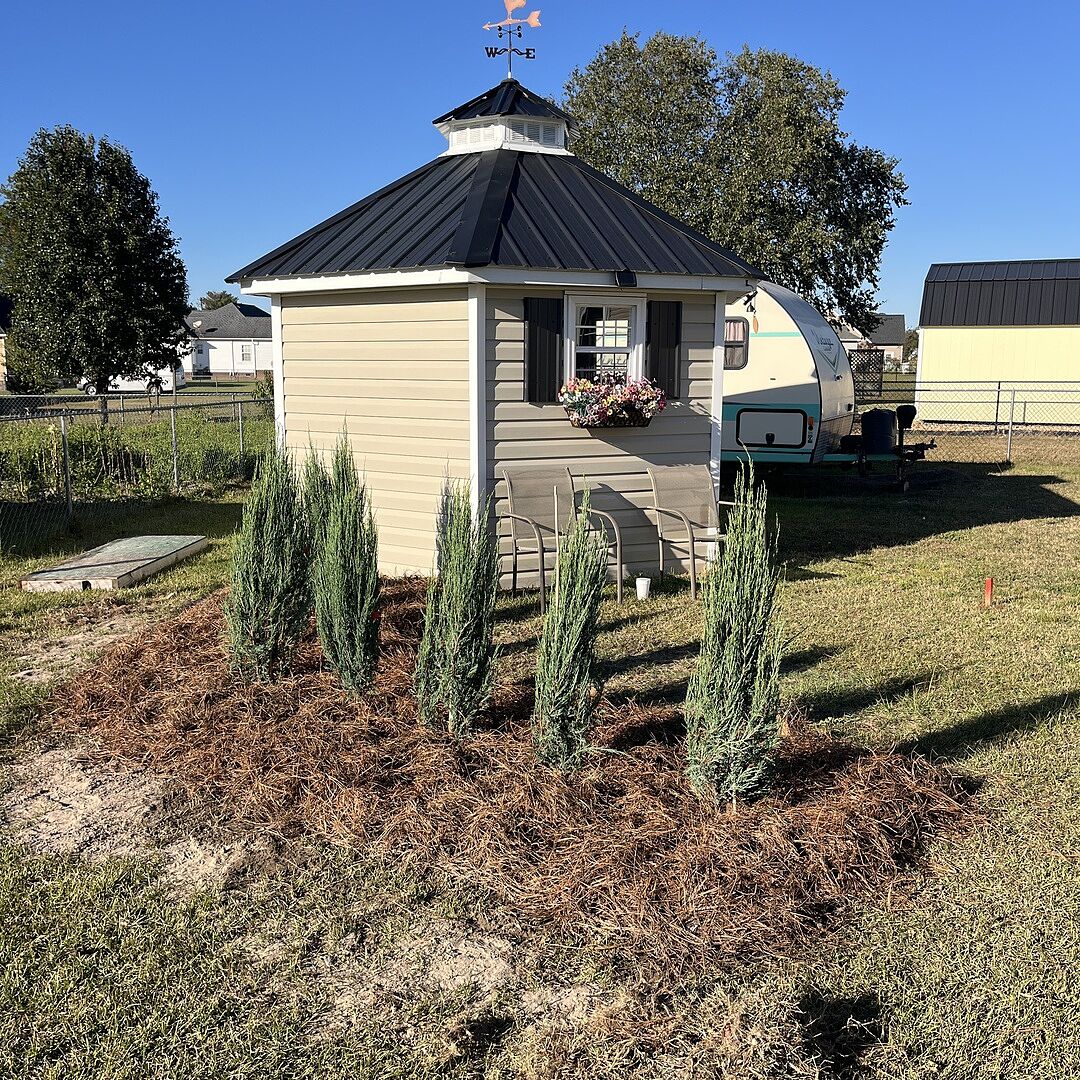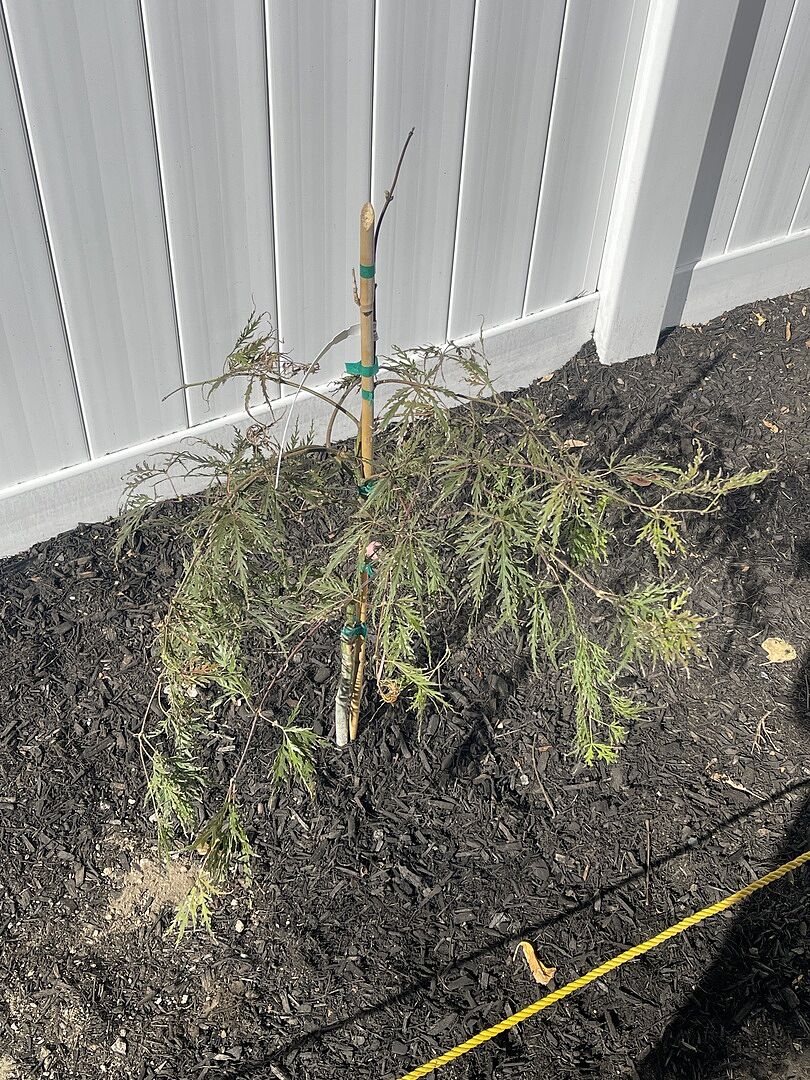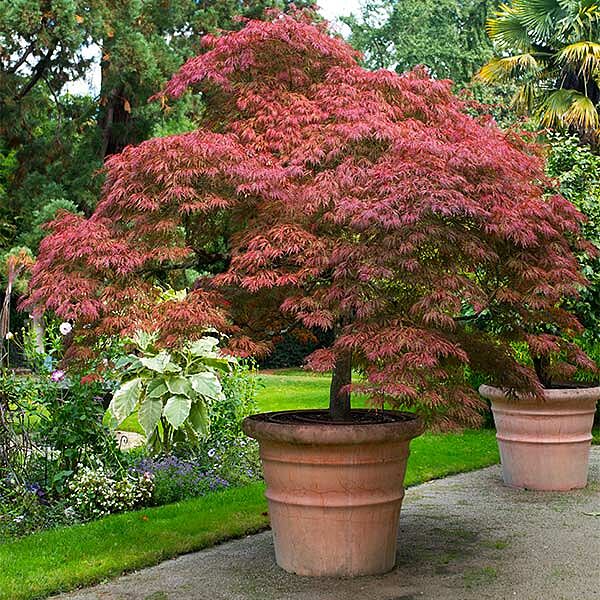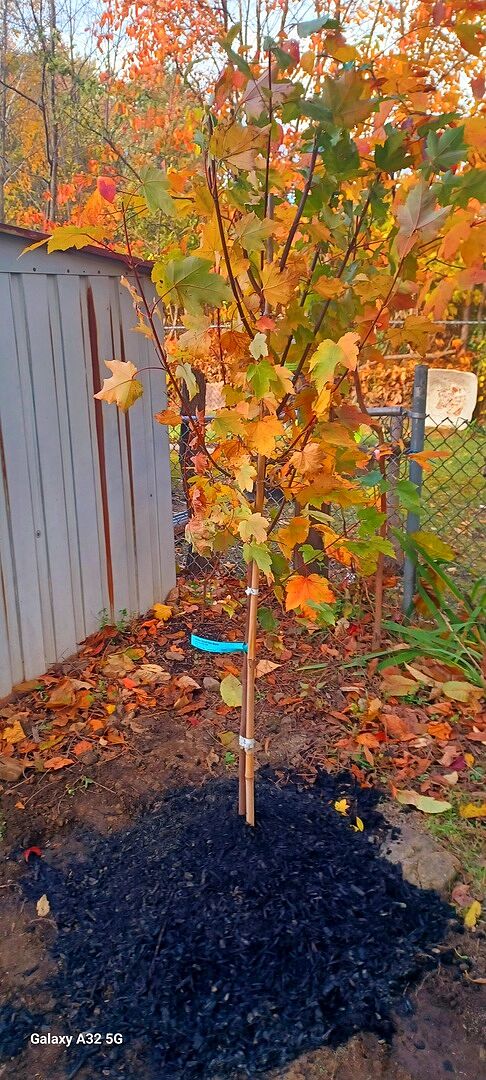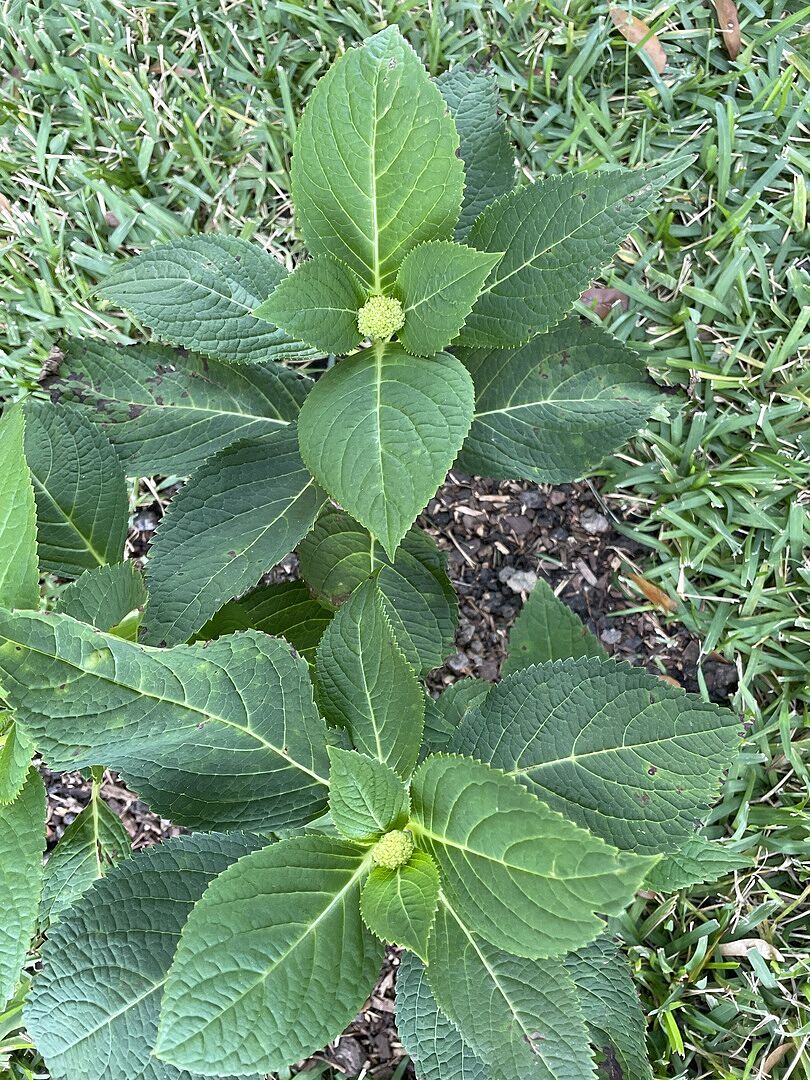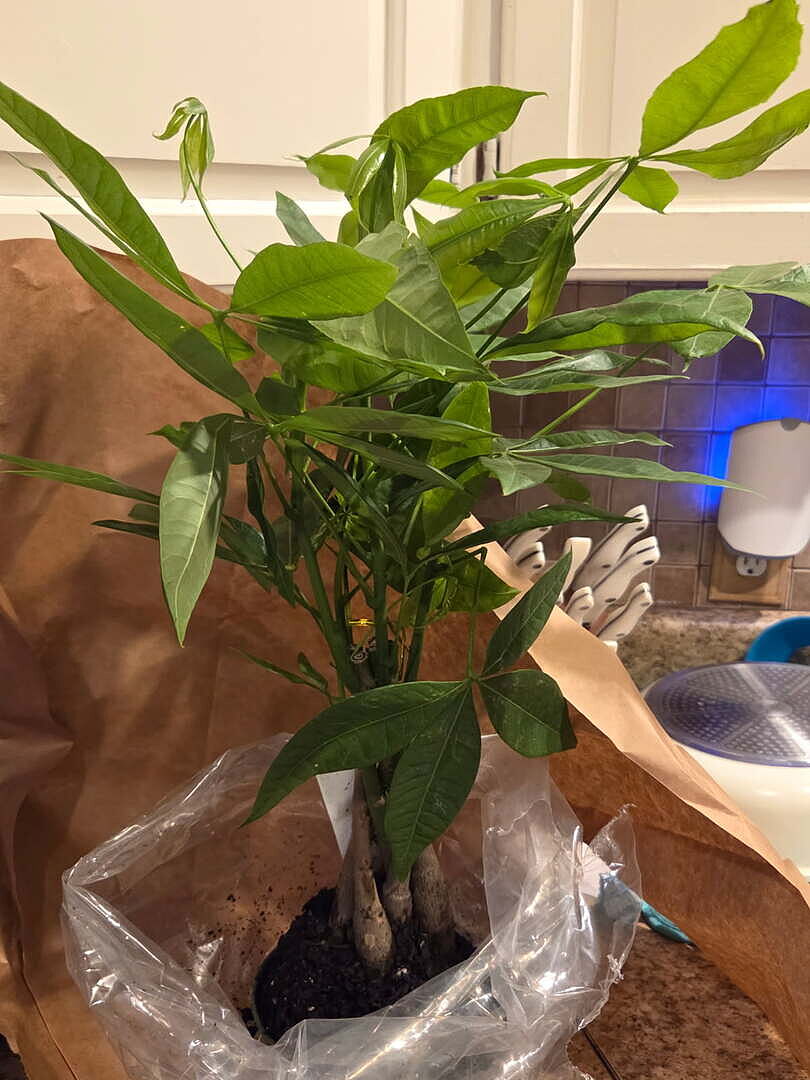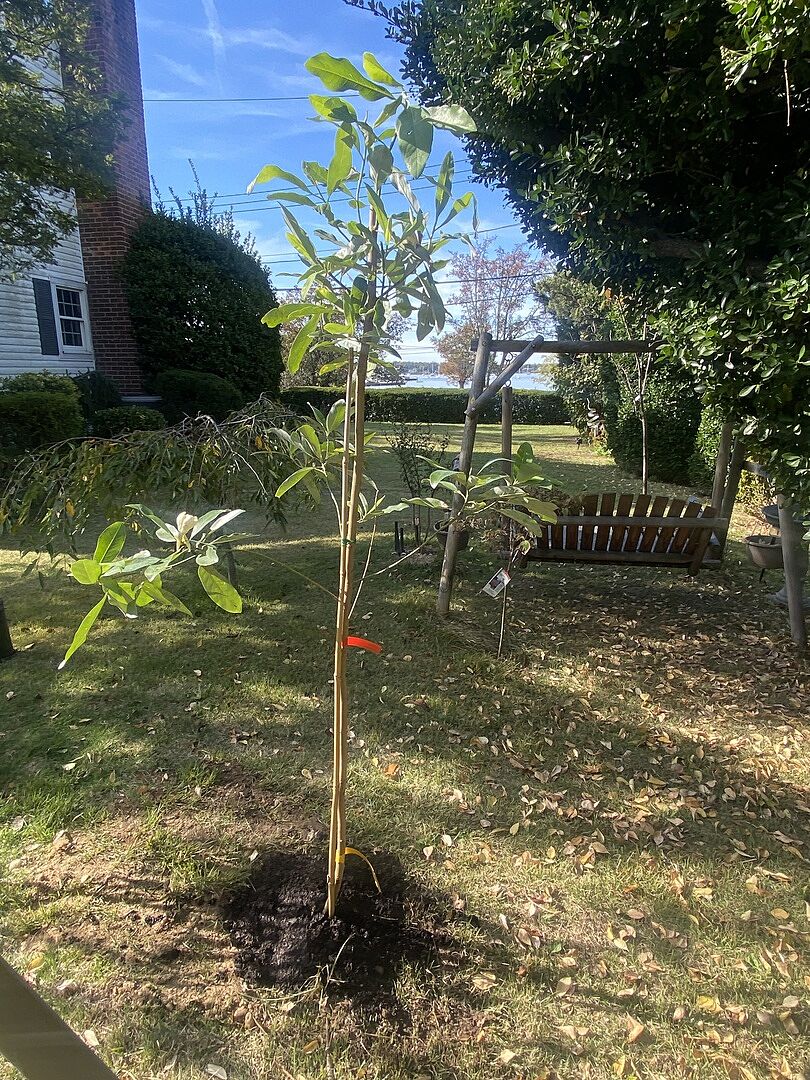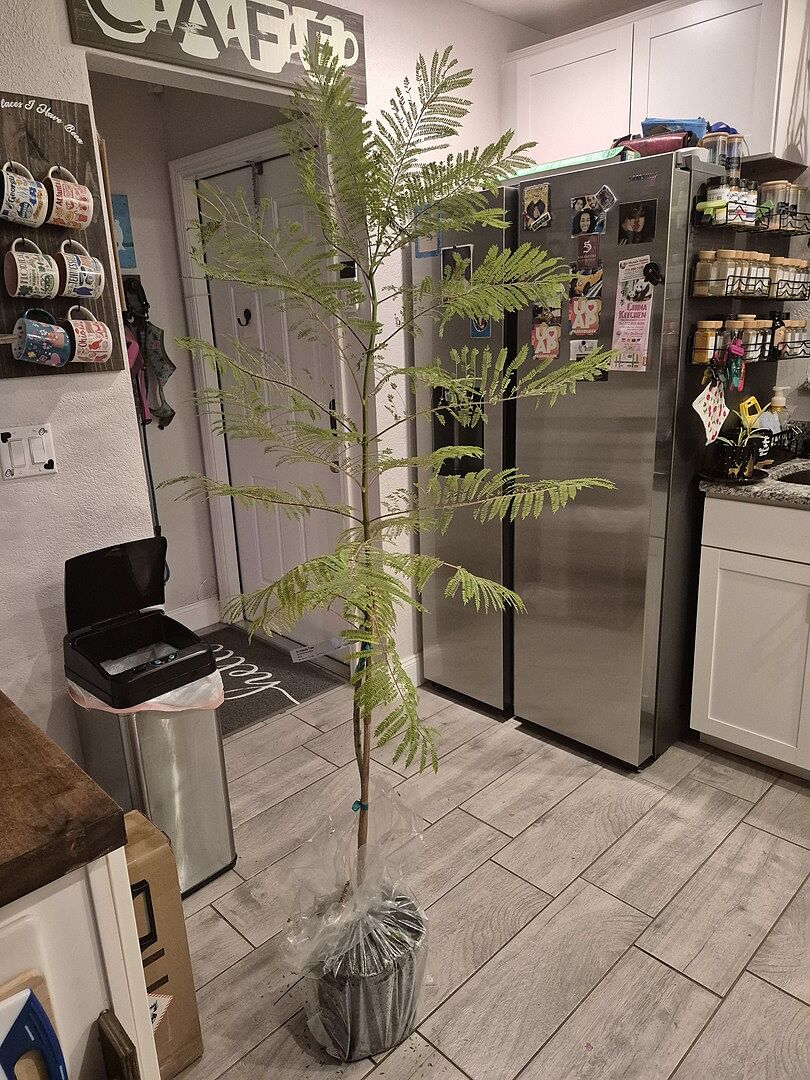How to Overwinter Your Plants

Last updated: Dec 08 2022

Can you feel it? Cold weather is here, which may mean good news for some plants and bad news for others. While it might sound silly to have to protect plants when the weather gets cold, it can really make a difference come springtime. Just like different plants have different care requirements, not all plants will need the same level of protection. Read on as we break down overwintering plants to keep your garden safe and warm this winter.
Plan Ahead
The best way you can protect your plant is to plan ahead and know what's coming and what needs to be done. In the fall, you might have done some garden prep, like mulching and tidying up from summer, but winter has a different to-do list.
Monitor the Weather
You might live in a very mild climate with consistent temperatures, or you might live in a versatile climate where the temperatures fluctuate a lot during the day. You know best where you live, so tune into your local weather to stay informed. You only need to watch temperatures (specifically the low of the day) and precipitation.
Take Notes
Whether you have lived in your house for one year or more than a decade, make your future self happy and jot down some notes. Notate things like what plants did well or which ones didn’t, when you started your winter preparations, when your first freeze occurred, and more. Your notes are for you, so write down what would help you prepare and save some time.

Know What to Protect
This is the big question here. You know it's important to protect your plants, but surely not all of them need protection, right? Right! Winter protection largely depends on what you have planted and what your weather is like.
The easiest way to determine what your plants need is to first know what plants you have in your landscape. If you’re not sure, send us a photo and we will be glad to help! Once you know what you have, sort them into the categories below to prioritize which plants will need your attention.
|
Needs Winter Protection |
Will Not Need Winter Protection |
|
Any plants that are not cold hardy to your growing zone |
Established shade trees and evergreen trees like maples, oaks, and pines |
|
Newly planted varieties that have been in your landscape for less than 3 years |
Cold hardy plants for your area |
|
Plants and trees located in very windy areas |
Plants in insulated containers |
|
Any tender shrubs such as some rose varieties |
|
|
Plants in containers |
FGT Tip: If you’re unsure how cold hardy your plant is, just reference the map on the specific product’s page on our website (like the one shown below).

How to Protect Your Plants
Now that you have your list of the plants that need a bit of extra attention this year, take a look at the items below to learn the best method for protecting your plants from Jack Frost.
Cover or Wrap Plants
Use a frost blanket, old bedsheet, moving blankets, burlap or any other kind of breathable cloth to trap in warmth and keep frost off. Avoid using plastic or tarps, as this can harm your plants, especially when spring comes.
This method works best for younger plants or ones that stay on the smaller side. For larger trees with thinner bark like fruit trees, wrap only the trunk of the tree.

Transfer Plants Inside
Start this process when your temperatures get into the 50℉ range. Transfer any container plants inside by slowly acclimating them over a week. For example, place your plant on the porch or near the side of your house for a week before bringing it inside. This is also a great time to make sure your plants are bug-free before you bring them inside.
This is ideal for container plants or tropical plants like bananas or patio trees that need to be in a warm climate like your house.

Cover the Soil
Mulching using old leaves, pine straw, or wood chips helps keep moisture and heat in the soil, which means keeping the roots from freezing.
This is best for plants that don't need to be covered with a frost blanket but might benefit from some winter protection.

Stake Trees
Ice and snow can be heavy on tree branches, so try to give your tree some support by staking it. Make sure the stake is pulled tight but not too tight that it inhibits movement and harms the tree by digging into the bark.
This is great for any younger trees that are in windy areas. Try staking your trees and wrapping them for extra protection.

Create Windbreaks
Establish a temporary windbreak to avoid things like windburn or excessive browning of evergreen trees. This can be as simple as hanging up a tarp or establishing a temporary fence.
Do this for your trees that might be vulnerable to breakage and combine a windbreak with staking your tree for extra support.

What to do with Damage
Mother Nature is a powerful force that sometimes has her way despite all of your preparations. It's best to be on the lookout for damage during the winter months instead of finding it come spring.
Every once and a while, do a walkthrough of your garden to check that everything is as it should be. A good tip is to check the plants from top to bottom so you don’t miss anything. Common winter issues might include splitting bark, broken branches or cold damaged leaves. For a more in depth guide on winter damage to avoid, check out our guide on bouncing back from winter damage.

When Spring Arrives
Once everything starts to thaw out and the last frost passes, you’re in the clear and can start undoing your winter prep. Unwrap your trees and take down those windbreaks. If you piled up the mulch to keep the roots warm, spread it out to give your plants airflow and prevent fungal issues. Feel free to keep your stakes on your trees and just make sure they aren’t too tight. It’s also a good idea to keep those frost blankets nearby to help protect plants that have fragile blooms on them from a surprise late frost.

Now, you’re ready to break out the scarf and mittens and head outside to protect the plants that need it. Remember that nature can be built for cold, so not all of your plants will need the extra care. Take a walk outside and plan ahead to give you and your plants a smoother transition into the spring season!
For more helpful wintertime garden tips, check out these resources:

Written by
Meredith Gaines
Meredith's love for plants started at a young age, and only grew when she started working in the Desert Exhibit at the South Carolina Botanical Gardens and the Historic Filoli Estate in the Bay Area. After graduating from Clemson University (GO TIGERS!) with a degree in Biology and Horticulture, she found her niche in the FastGrowingTrees.com family as a horticulturist and has grown in her current role as Senior Plant Expert.
She currently resides in her hometown of Charlotte, North Carolina, and enjoys spending any time she can outdoors. She learns new things about plants every day and loves sharing her plant knowledge and tips with those around her. Her favorite plant is constantly changing, but her long-time favorites are peonies, oak trees, and ferns.
Featured Product

Thuja Green Giant Arborvitae
3108 reviewsStarting at $19.95

















